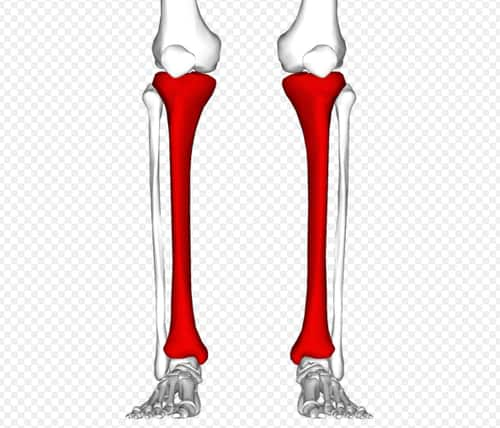Have you ever wondered whether swimming is truly good for your knees, especially if you’re dealing with pain or recovering from an injury?
How Does Swimming Benefit Your Knees?
Swimming is often referred to as a low-impact exercise. But what exactly does that mean for your knees? When you swim, the buoyancy of water helps support your body weight, effectively reducing the stress on your joints, including the knees. Unlike high-impact exercises like running or jumping, where your knees absorb the full brunt of your body weight and gravity, swimming allows you to work your muscles without placing undue pressure on the joints. This makes swimming an excellent choice for anyone with arthritis, knee injuries, or chronic joint pain.
In fact, studies show that swimming can improve knee joint function and reduce symptoms of osteoarthritis. One study published in the Journal of Rheumatology found that individuals who swam regularly for 45 minutes, three times a week, experienced a significant reduction in joint stiffness and pain compared to those who remained inactive.
What Makes Swimming Different from Other Exercises?
When considering exercises for knee health, why do experts often highlight swimming over others? The answer lies in the combination of buoyancy, resistance, and full-body engagement. Unlike cycling or walking, swimming engages your entire body while the water provides natural resistance, helping strengthen the muscles around your knees without causing injury.
Additionally, swimming helps improve flexibility. As you move through the water, your joints are moved in ways that promote better range of motion. Improved flexibility is particularly beneficial for the knees, as it can reduce stiffness and help with everyday activities like climbing stairs or squatting.
Did You Know?
Did you know that swimming burns around 400 calories per hour, depending on your stroke and intensity? While this calorie burn might not seem directly related to knee health, maintaining a healthy weight is one of the most effective ways to alleviate pressure on your knee joints, helping to reduce pain and prevent injury (source).
Which Swimming Strokes Are Best for Knee Health?
Not all swimming strokes are created equal when it comes to knee health. The breaststroke, for example, can put extra stress on the inner knee ligaments due to its kicking motion, which may not be ideal if you have existing knee issues. Instead, strokes like the freestyle or backstroke are often recommended. These strokes allow you to keep your knees in a more neutral position while still getting a full-body workout.
Can Swimming Prevent Knee Problems in the Future?
For those wondering if swimming is only for those with existing joint issues—the answer is no. Swimming can also be an effective preventive measure. The strengthening of the muscles around the knee, along with increased flexibility, can help prevent injuries and even delay the onset of arthritis. In particular, swimming provides a balance of cardiovascular and muscular exercise, which is beneficial in preventing overall joint degeneration.
Is There Any Drawback to Swimming for Knee Health?
While swimming is largely considered beneficial, there are a few important considerations. Swimming might not provide the same bone-strengthening benefits as weight-bearing exercises like walking or resistance training. If you’re solely swimming without any form of weight-bearing activity, you might miss out on increasing your bone density—a critical factor, especially as we age.
Real-Life Medical Situations Where Swimming Helps
Take, for instance, post-operative rehabilitation for knee replacements. Many physical therapists recommend aquatic therapy as part of the recovery process. This is because water-based exercises allow patients to regain strength and mobility without the risk of falling or overloading the new joint. According to data from the American Physical Therapy Association, patients who included swimming or aquatic therapy in their rehabilitation reported better outcomes in terms of pain relief and range of motion.
Practical Tips for Getting Started
If you’re new to swimming or aquatic therapy, here are a few things to consider:
- Start Slow: Begin with 20-minute sessions, two to three times a week, and gradually increase your time.
- Use Equipment: Water noodles or kickboards can help if you are not confident about your swimming skills but still want to exercise in the water.
- Find a Heated Pool: Warmer water can help relax your muscles and reduce joint pain, making it easier to move.
What Is the Cost of Swimming for Joint Health?
Swimming doesn’t have to be expensive. Many community pools offer memberships or discounted rates. On average, a monthly pool membership can range from $30 to $60, depending on the amenities. Some rehabilitation centers also offer aquatic classes that cater specifically to those recovering from joint surgery or dealing with arthritis.
A Note from Our Editorial Team
If you’re struggling with knee pain or want to maintain healthy joints, swimming is a great way to keep moving without causing harm. Remember, the key to joint health is consistent, low-impact exercise that strengthens and supports your body without overloading your joints. Start slowly, listen to your body, and consult your doctor if you’re considering adding swimming to your fitness routine.









